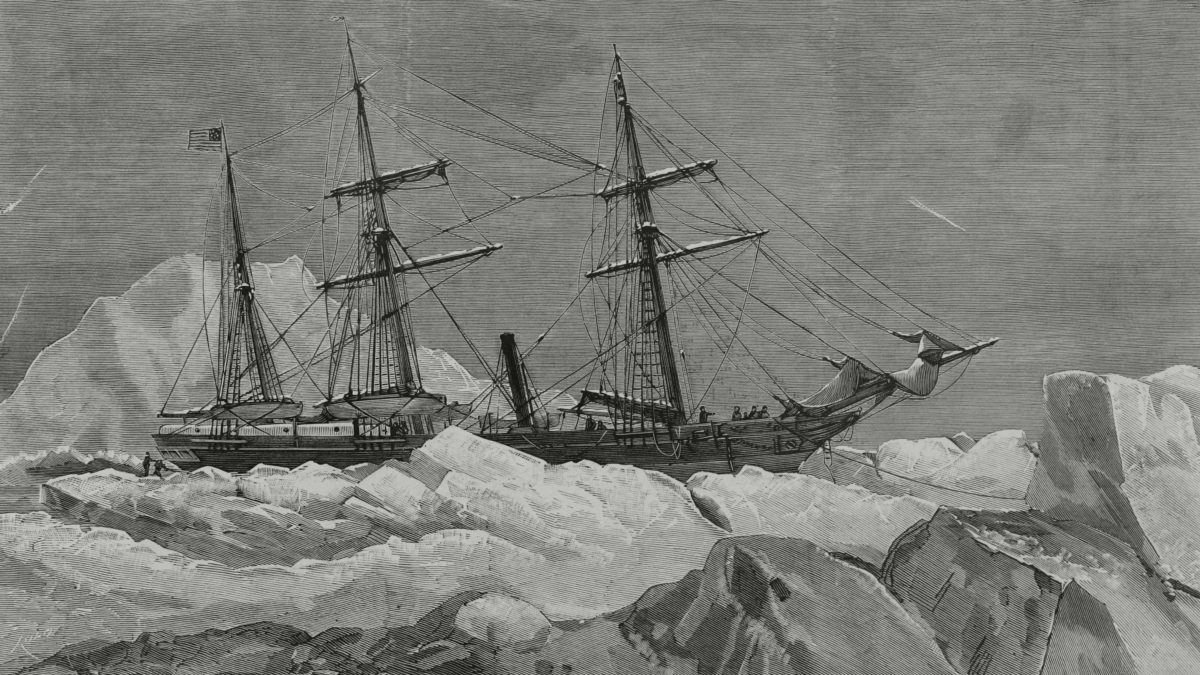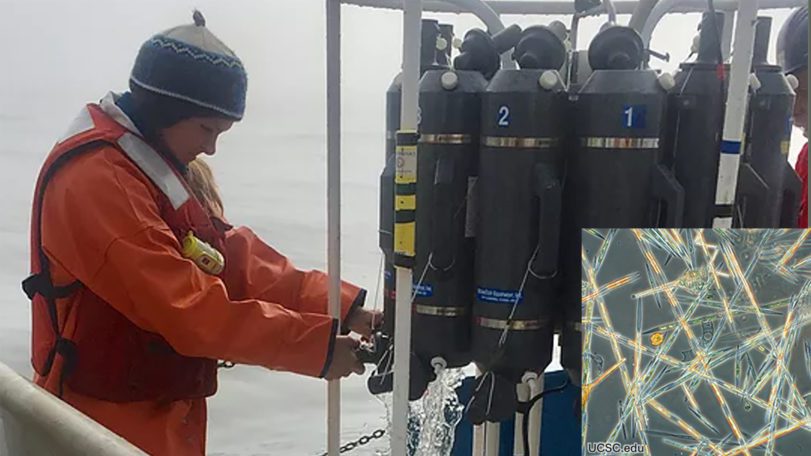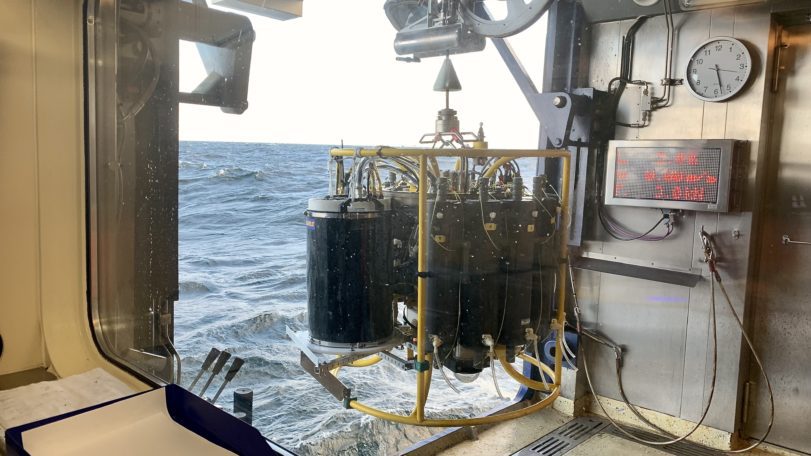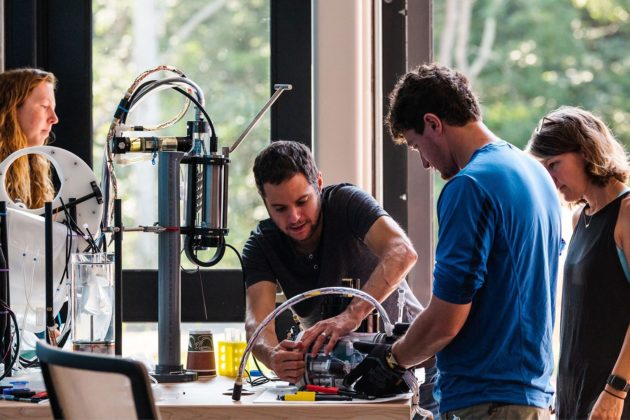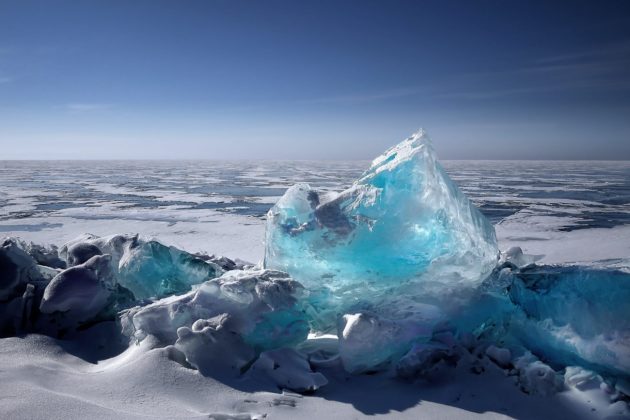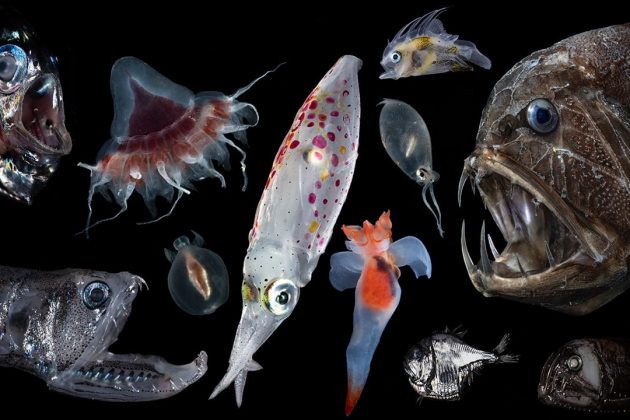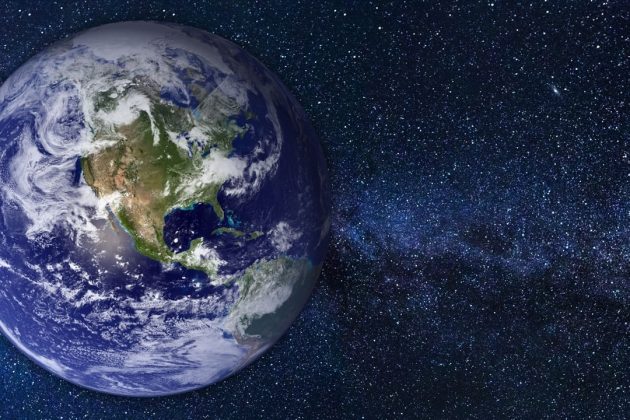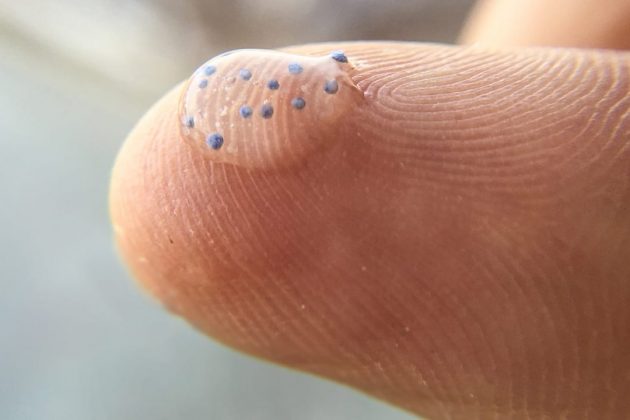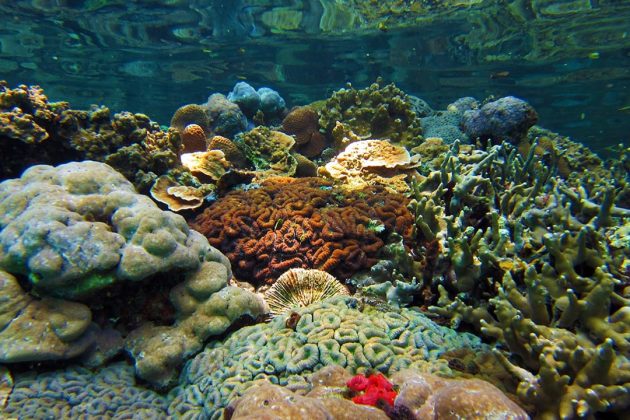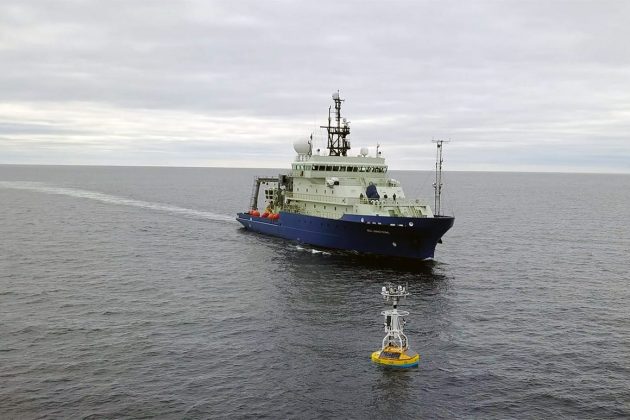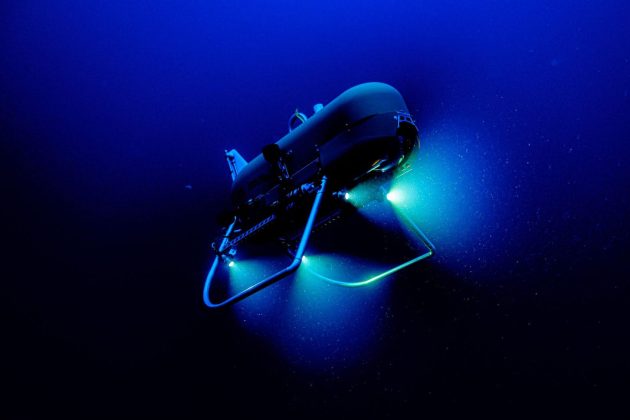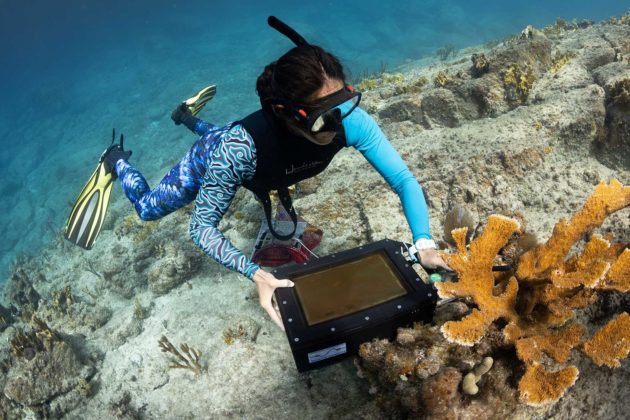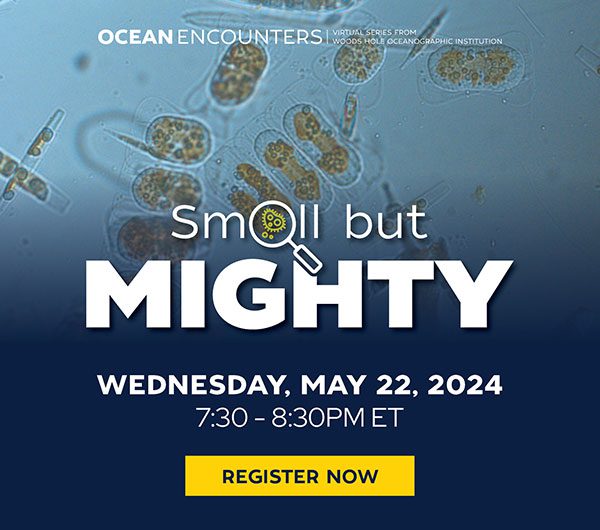Woods Hole Oceanographic Institution (WHOI) is the world's premier independent organization dedicated exclusively to ocean research, technology, and education. We combine state-of-the-art science, engineering, and ship operations to unravel the mysteries of the deep and devise science-based solutions to planet-wide problems.
🤔 If the whole world suddenly stopped producing greenhouse gasses, would that halt the effects of #climatechange?
Unfortunately not: too much long-lingering #CO2 is already baked into the atmosphere. That’s why a new field of research is looking at ways to increase the ocean’s ability to take up carbon dioxide. By mimicking natural processes, techniques like ocean alkalinity enhancement, seaweed farming, and iron fertilization could take significant amounts of CO2 out of the atmosphere.
But how can we be sure that marine carbon dioxide removal (mCDR) is safe and effective? WHOI President & Director Peter de Menocal and senior scientist Ken Buesseler share their perspectives with @sciencenewsmagazine 📲 Read all about it at the link in bio!
🖌️: Ocean iron fertilization would add iron, a scarce nutrient in many parts of the ocean, to stimulate blooms of photosynthetic algae. When those algae die and sink to the deep sea, they would sequester the carbon. Credit: @sayostudioscience
May 14

🔍 Can you spot the #seahorse?
Longsnout seahorses are not known for their swimming abilities, so they stay safe by blending in with their surroundings– in this case, yellow #sponges growing on the Frederiksted Pier in #StCroix!
Also known as slender seahorses, they can be found hanging out in seagrass, mangroves, or around gorgonian coral– even floating sargassum! With their tails holding onto something solid, the 7-inch seahorse can ambush prey (tiny shrimp or other zooplankton) and suck them up through their straw-like snout.
📸 by @nadege_aoki © #WHOI
May 14

🦭Think you know who I am? Leave your guess in the comments!
🔊 If you need help, turn up the volume and check the Watkins Marine Mammal Sound Database, a joint project of #WHOI + @whalingmuseum (link in bio).
Hint: You’re listening to the song of this species, which can be heard as far as 12 miles (20 km) away.
🤷 Still stumped? This is the largest Arctic seal, whose scientific name comes from the Greek words "eri" and "gnathos" which mean “heavy jaw” and "barbatus" which refers to whiskers or beard!
May 13

🙌🏽 Students from @perkinsvision recently spent the day at #WHOI learning about marine science through sound and touch!
🎶 Amy Bower, a WHOI physical oceanographer who is also visually impaired, has led this collaborative program since 2014. This year`s field trip included an interactive presentation by Terry Wolkowicz of @newbedfordsymphonyorchestra and @soundexplorations, which incorporated sculpture, live music, and sculpture pads to describe marine mammal behavior.
🪸🐳🛥️ The students also learned about how researchers use soundscapes to help vulnerable coral reefs recover from WHOI engineer Ben Weiss, and how marine mammals and scientists use sound to communicate and understand the ocean from @whoiseagrant`s Grace Simpkins. The day capped off with a boat trip to share a hands-on experience of life in the ocean!
📸 by Jayne Doucette & Richard Vevers © Woods Hole Oceanographic Institution
May 13

🐋 Celebrate #MothersDay with a #NorthAtlanticRightWhale mom named Wolf and her newborn, filmed by #WHOI researchers and partners last month in #CapeCodBay!
With only about 70 females of reproductive age, every mother and calf are extremely important for the survival of this critically-endangered species. This newborn is Wolf’s fourth known offspring, and one of 19 born in the 2023-24 calving season.
📲 Learn more about efforts to protect North Atlantic right whales from @bbcwildlifemagazine (🔗 in bio)!
May 12

😳 Did you remember to get flowers for #MothersDay?!
💐🪸 Share this deep-sea bouquet with the ocean-loving lady in your life, and she`ll know you care!
📸
1: Anemone and other animals at a Galápagos archipelago seamount near Fernandina Island at 700 meters deep. Credit: Adam Soule © WHOI
2: Deep sea coral captured by #HOVAlvin during Dive 3893 © WHOI
3: Clusters of deep-sea Actinostola anemones and lollipop glass sponges in the Gulf of Mexico. Credit: Tim Shank © NOAA Okeanos Explorer
4: #ROVJason captured this image of hydrothermal vent anemones growing along the Mid-Cayman Rise. Credit: Chris German/NSF/NASA © WHOI
May 12

OUR WORK
WHOI is at the forefront of groundbreaking science and technology development, unlocking the mysteries of our ocean, its connections to life on Earth, and solutions it may hold to some of our most pressing environmental challenges.
Our scientists and engineers lead more than 800 concurrent projects, tackling some of the most challenging and important problems of our time, from climate change and ocean pollution to sustainable food and energy production.
We operate a fleet of research vessels and vehicles, including two large ships (R/V Neil Armstrong and R/V Atlantis), a smaller coastal research vessel, the iconic human-occupied submersible Alvin, and dozens of other underwater robots.
Through our higher education programs, including the prestigious MIT-WHOI Joint Program, we train new generations of ocean scientists, engineers, and leaders-providing access to cutting edge facilities and unparalleled access to the sea.
WHOI plays a leading role in ocean communications, sharing our insights and knowledge about the ocean to the general public, policymakers, educators, and more, so we can make wise decisions about our ocean, our planet, and our future.
FEATURED PROJECTS
We have over 1,000 scientists, engineers, technicians, and support staff working around the globe and cutting edge laboratories to push the boundaries of knowledge about the ocean.

